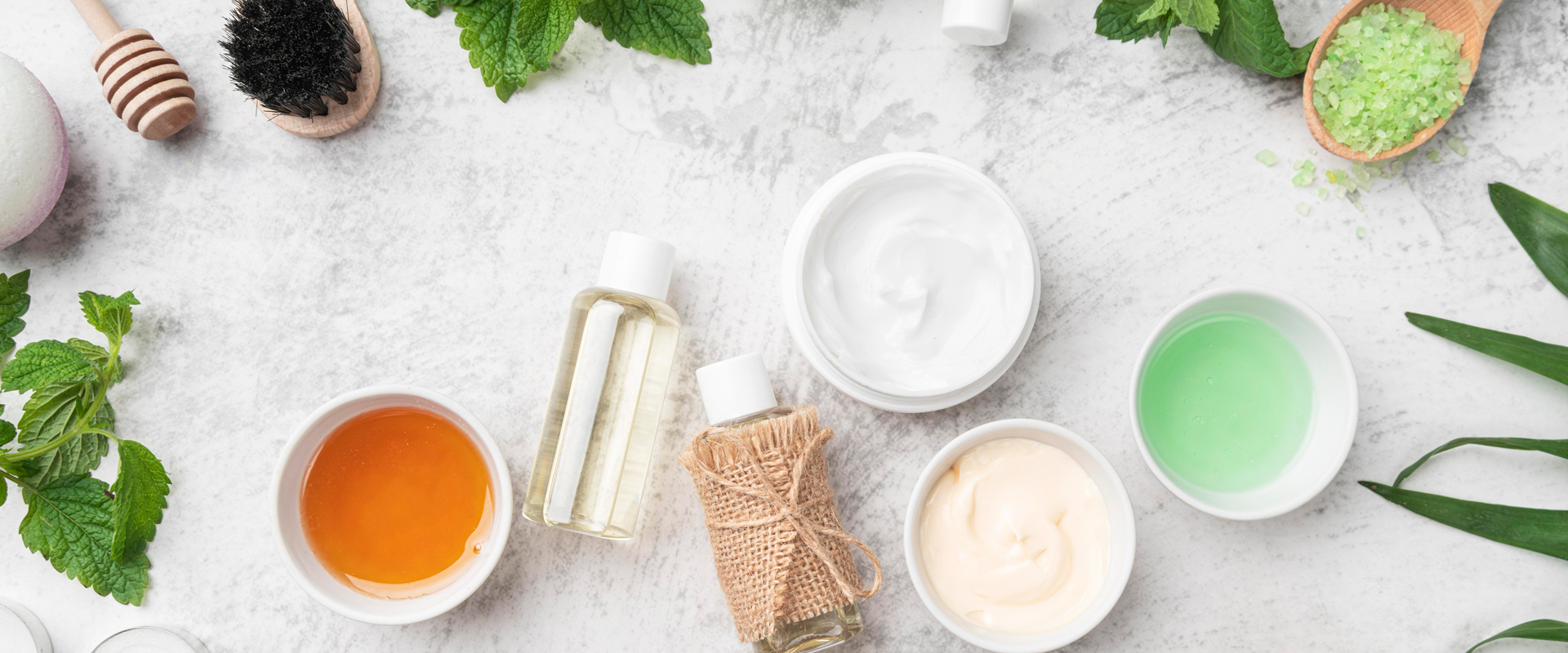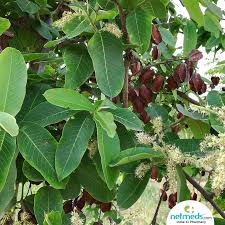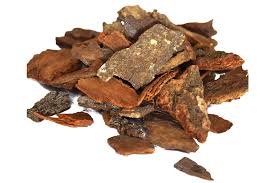
How to Grow Amla at Home: A Complete Guide
Amla, also known as Indian gooseberry, is a superfood with tremendous health benefits, ranging from boosting immunity to improving digestion and skin health. Growing amla at home not only ensures you have fresh, organic fruits on hand but also helps you connect with nature and enjoy a sustainable lifestyle. Whether you have a spacious garden or just a small balcony, cultivating amla can be a rewarding experience. In this comprehensive guide, we’ll cover everything you need to know about growing amla at home — from selecting the right variety to caring for the plant and harvesting the fruit.
Long Description:
1. Why Grow Amla at Home?
- Fresh and Organic: Homegrown amla is free from harmful pesticides and chemicals.
- Health Benefits: Access to fresh amla ensures you can enjoy its medicinal and nutritional benefits regularly.
- Cost-Effective: Save money by growing your own instead of buying from the market.
- Environmental Benefits: Growing trees helps improve air quality and supports biodiversity.
2. Choosing the Right Variety of Amla
- There are several varieties of amla, including Banarasi, NA-7, and Chakaiya.
- For home gardening, choose varieties that suit your local climate and soil.
- NA-7 is popular for its high yield and good fruit quality.
3. Selecting the Ideal Location
- Amla trees thrive in tropical and subtropical climates.
- Choose a sunny spot with at least 6-8 hours of direct sunlight daily.
- Well-drained soil with a neutral to slightly acidic pH (6.5-7.5) is ideal.
- Avoid waterlogged or heavy clay soils to prevent root rot.
4. Propagation Methods
- From Seeds: Sow fresh amla seeds in pots or seedbeds. Seeds usually take 2-3 weeks to germinate.
- From Cuttings: Semi-hardwood cuttings from healthy trees root faster and produce fruit sooner.
- Grafting: A common commercial method that ensures the quality of fruit and plant health.
5. Planting Steps
- Prepare the soil by loosening and mixing organic compost or manure.
- Dig a hole about twice the size of the root ball or seedling container.
- Place the seedling or seed in the hole and cover with soil, pressing gently.
- Water immediately to settle the soil around the roots.
6. Watering Requirements
- Amla trees require moderate watering, especially during the initial stages.
- Avoid overwatering to prevent fungal diseases.
- Once established, amla trees are drought-tolerant but benefit from regular watering during dry spells.
7. Fertilization Tips
- Use organic fertilizers like compost, neem cake, or well-rotted manure every 3-4 months.
- Supplement with balanced NPK (nitrogen, phosphorus, potassium) fertilizer during the growing season.
- Avoid excessive nitrogen as it can affect fruit production.
8. Pruning and Maintenance
- Prune young trees to shape them and remove dead or diseased branches.
- Regular pruning improves air circulation and sunlight penetration.
- Remove weeds and keep the base of the tree clean to reduce pest infestations.
9. Common Pests and Diseases
- Watch out for pests like aphids, mealybugs, and scale insects.
- Diseases include powdery mildew and leaf spot.
- Use natural remedies like neem oil or insecticidal soap to control pests.
- Maintain tree health with proper watering and nutrition to prevent diseases.
10. Harvesting Amla
- Amla fruits typically mature 5-6 months after flowering.
- Harvest when fruits turn light green to yellowish-green and feel firm.
- Use clean tools to avoid damaging the tree.
- Store harvested amla in a cool, dry place or refrigerate for longer shelf life.
11. Additional Tips for Successful Amla Growth
- Mulch around the base of the tree to retain moisture and suppress weeds.
- Protect young plants from extreme weather and animals.
- Rotate planting locations if growing in containers.
- Consider companion planting with herbs like basil or tulsi to repel pests naturally.
Conclusion:
Growing amla at home is a gratifying way to enjoy the immense health benefits of this ancient superfood while contributing to a greener environment. With the right care, patience, and attention, you can successfully cultivate a healthy amla tree that will provide fresh fruits for years to come. Whether you’re a gardening enthusiast or a beginner, this guide equips you with everything you need to start your amla-growing journey at home.












